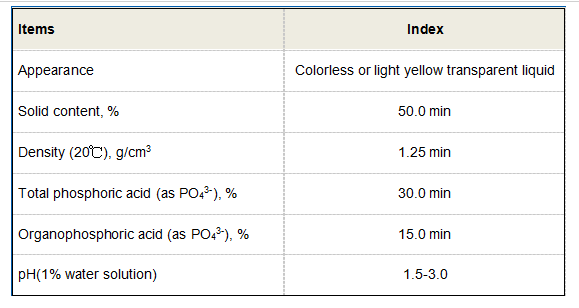Polyacrylamide Flocculants in Water Treatment Applications and Their Benefits for Purification
Polyacrylamide A Versatile Flocculant for Water Treatment
Water is one of our most precious resources; however, with increasing industrial activities and urbanization, the quality of water is under constant threat. To ensure safe and clean drinking water, various treatment processes are employed, one of which includes the use of flocculants. Among these, polyacrylamide (PAM) has emerged as a versatile and effective solution for water treatment.
Polyacrylamide is a synthetic polymer that possesses excellent flocculating properties. It is primarily composed of acrylamide monomers, and its effectiveness as a flocculant is due to its ability to absorb water and to form a gel-like substance. This capability enables it to bind together suspended particles, allowing them to agglomerate and settle out of the water. The use of polyacrylamide in water treatment processes has gained popularity due to its efficiency in removing impurities while being environmentally friendly.
One of the significant advantages of polyacrylamide is its customizability. The polymer's structure can be modified by adjusting the degree of polymerization and the ionic nature of the amide groups. Consequently, polyacrylamide can be tailored to target specific contaminants, making it useful for a wide range of applications. This flexibility allows for its use in various industries, including municipal wastewater treatment, mining, and paper production.
polyacrylamide flocculant water treatment

In municipal wastewater treatment, polyacrylamide plays a crucial role in the coagulation and sedimentation processes. When added to wastewater, it promotes the agglomeration of fine particles that can otherwise remain suspended. The resulting flocs are larger and denser, which facilitates their removal through sedimentation or filtration. This not only improves the clarity of the water but also reduces the load on subsequent treatment processes.
In the mining industry, polyacrylamide is employed to enhance the recovery of valuable minerals and to minimize the environmental impact of tailings disposal. By improving the water clarity in mineral processing, PAM allows for better separation of minerals from waste materials. Additionally, it aids in the effective dewatering of tailings, reducing land usage and the risk of contamination.
Despite its many benefits, the application of polyacrylamide in water treatment does require careful consideration. One primary concern arises from the polymer's potential toxicity, particularly that of residual acrylamide. Thus, proper dosing and monitoring must be implemented to ensure that concentrations remain within safe limits. Additionally, research is ongoing to develop more biodegradable and non-toxic variants of polyacrylamide to mitigate environmental risks further.
In conclusion, polyacrylamide stands out as a versatile flocculant in water treatment processes, effectively enhancing the removal of impurities while maintaining environmental safety. Its adaptability allows for targeted applications across various industries, making it an indispensable tool in modern water management. As technology and research advance, polyacrylamide will likely continue to evolve, offering even more sustainable solutions for water treatment challenges.
-
Water Treatment with Flocculant Water TreatmentNewsJun.12,2025
-
Polymaleic AnhydrideNewsJun.12,2025
-
Polyaspartic AcidNewsJun.12,2025
-
Enhance Industrial Processes with IsothiazolinonesNewsJun.12,2025
-
Enhance Industrial Processes with PBTCA SolutionsNewsJun.12,2025
-
Dodecyldimethylbenzylammonium Chloride SolutionsNewsJun.12,2025





